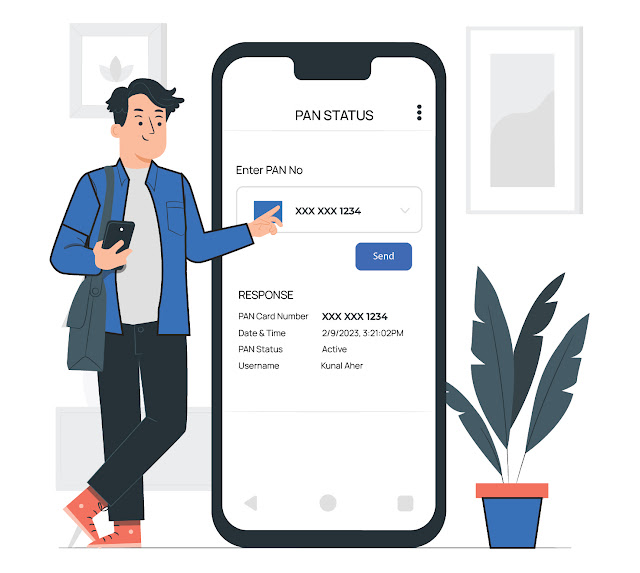Pan Verification Unleashed Your Ticket to Seamless and Safe Transactions
In the dynamic landscape of digital transactions, ensuring the security and authenticity of personal information is paramount. One crucial element in this realm is the PAN (Permanent Account Number) verification process. This article delves into the intricacies of Pan verification, exploring its significance, the steps involved, and why it holds the key to seamless and safe transactions.
Understanding Pan VerificationPan verification is the process of confirming the validity of a PAN card issued by the Income Tax Department. The PAN card, a unique alphanumeric identifier, serves as a vital document for financial transactions and is mandatory for various activities, including opening a bank account, filing taxes, and conducting high-value transactions.
The Significance of Pan Verification
Ensuring Financial Security:
Pan verification plays a pivotal role in safeguarding individuals and businesses against fraudulent activities. Verifying the PAN of involved parties adds an extra layer of security, minimizing the risk of financial scams.
Legal Compliance:
In many jurisdictions, PAN verification is a legal requirement for specific transactions. Adhering to these regulations not only prevents legal complications but also fosters a transparent and accountable financial ecosystem.
Building Trust in Transactions:
For businesses and individuals alike, verifying the PAN of their counterparts builds trust. Knowing that the involved parties are legitimate enhances confidence in the transaction process.
The Pan Verification Process Unveiled
Step 1: Online Verification
Access a Reputable Pan Verification Portal:
Choose a reliable online platform that facilitates PAN verification. Ensure that the portal is authorized by the Income Tax Department.
Enter PAN Details:
Provide the PAN details of the individual or entity in question. This typically includes the PAN number and the name of the PAN cardholder.
Submit for Verification:
Initiate the verification process by submitting the entered details. The portal will cross-check the information with the Income Tax Department's database.
Step 2: Offline Verification
Visit Authorized Agencies:
For offline verification, individuals can visit authorized agencies, such as NSDL or UTIITSL, with a copy of the PAN card and relevant documents.
Fill Verification Form:
Complete the required verification form, providing accurate details. Submit the form along with the necessary documents to the authorized agency.
Verification Timeline:
Offline verification may take a longer time compared to online methods. Individuals should factor in the additional processing time.
Why Pan Verification Matters in Transactions
Fraud Prevention
Identity Confirmation:
Pan verification ensures that the identity of the parties involved in a transaction is legitimate, minimizing the risk of identity theft and financial fraud.
Track Suspicious Transactions:
Regular Pan verification enables financial institutions and regulatory bodies to track and investigate suspicious transactions promptly.
Legal Compliance
Avoid Penalties:
Adhering to PAN verification requirements prevents individuals and businesses from facing legal consequences and hefty penalties for non-compliance.
Facilitate Seamless Transactions:
Complying with legal requirements streamlines the transaction process, promoting efficiency and reducing potential disruptions.
Conclusion
In the ever-evolving landscape of digital transactions, Pan verification emerges as the linchpin for ensuring seamless and safe financial activities. Beyond a mandatory legal procedure, it serves as a shield against fraudulent endeavors, fostering a trustworthy and secure financial environment. As transactions become increasingly digital, embracing Pan verification becomes not just a regulatory necessity but a proactive step towards fortifying the foundations of financial integrity. Verify your PAN today and unlock a world of secure transactions.




Comments
Post a Comment